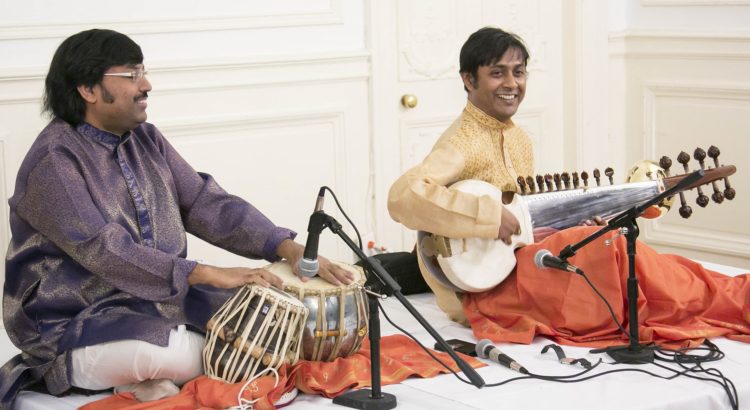
This is Lily. Lily has outsmarted the world. She can do whatever she wants…and be successful.
I would write a short biography of her life thus far, but truly, I don’t think I or anyone knows exactly what’s she’s up to…the one thing we know though is that she’s always up to something. Here are some glimpses of Lily in the world:
Lily and I met in high school, I knew her to be someone who is fond of music, she was exceptional pianist as well as first chair cello in the high school orchestra. One evening, Lily came to my house to hangout….with a guitar. Lily explains, “I’m teaching myself how to play guitar.” And so she did.
Lily spent a year at Kalamazoo College, then transferred to UM the following year. One day, I saw her at the CCRB on the stationary bike with headphones in watching the children’s show Caillou. No question of why. It’s Lily. She’s probably up to something. I took a seat on the bike next to her, and she acknowledged the fact that she’s watching a show for toddlers. “I’m learning Portuguese.” And so she did. Next thing I know I got a Facebook message from Lily indicating that she was traveling in Portugal.
Lily had mentioned “I’m interested in studying medicine.” I texted Lily last month to ask if she was free on Friday. She responds, “I’ll be in Uganda, as I am currently in Uganda.” Lily was volunteering with Operation International, a surgery team that provides health care around the world. Upon her return to the States, Lily found herself at center stage in front of a small crowd at a newer singer-songwriter venue called Open Floor Studio. From the girl who could roughly play a C chord on the guitar at my house years ago to here in Ann Arbor performing her own original folk songs, Lily is a self taught musical prodigy and self-taught whatever she wants to be. I admire how Lily always has an idea and then will to make it come true. She is a breathing embodiment of Walt Disney’s expression: “If you can dream it, you can do it.” I can’t wait for the rest of the world to meet her.





